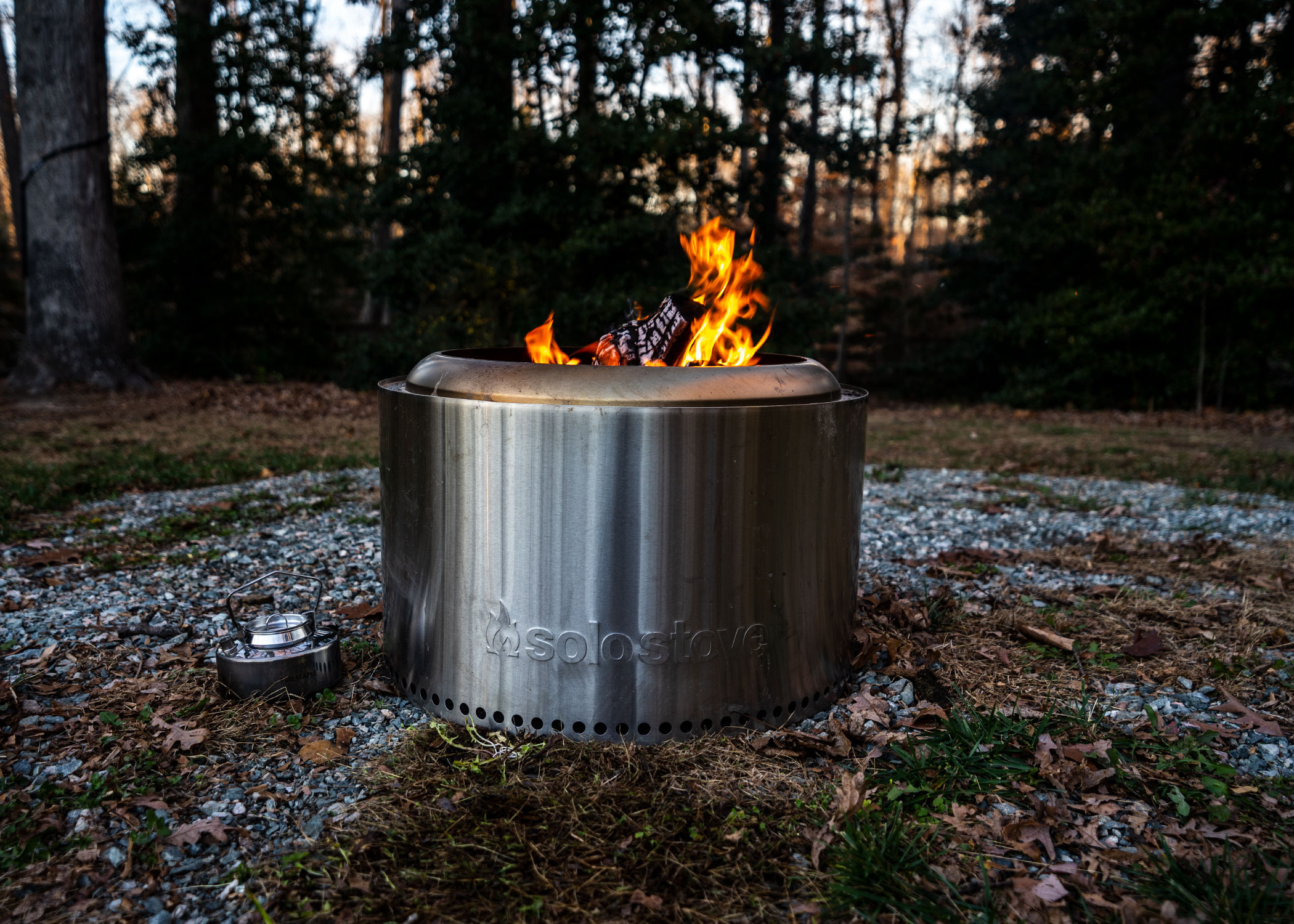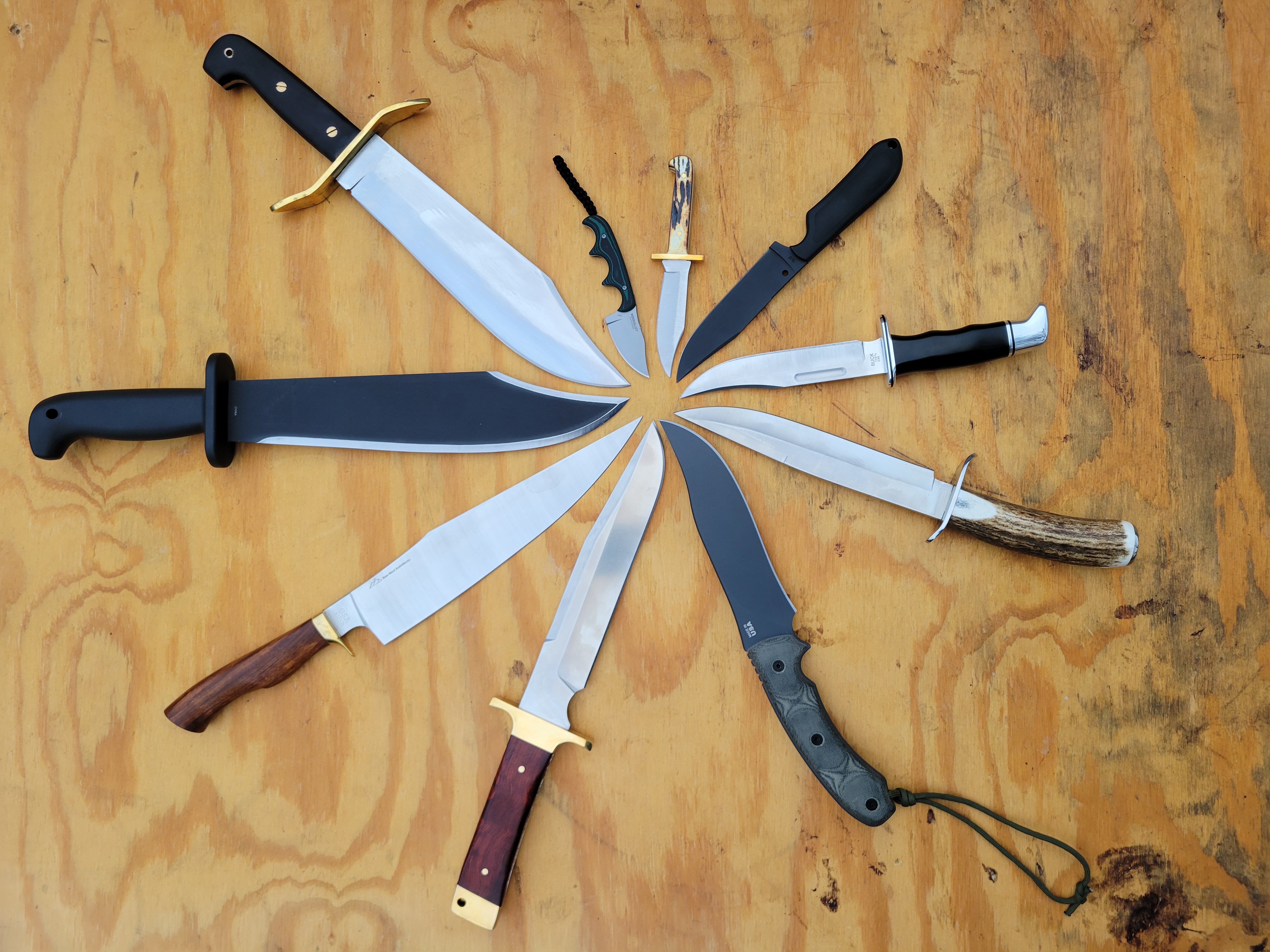Podcast: Would You Cast a $500 Lure?

Do you wince when a $7 lure snaps off on the bottom? Does it really hurt when a $10 bait winds up in a tree you can’t reach? Of course, it does, but to quote Robert Duvall in Days of Thunder, “rubbin’, son, is racin!’” If you’re not losing the occasional lure when you fish, you’re not doing it right and these days $7 to $10 is about the average price range for everything from a pack of quality soft plastics to a crankbait. Serious anglers don’t fret too much about losing baits in this price bracket, but once you step up to tossing offerings like large swimbaits and glide baits the game changes.
These lure categories grow in popularity year over year. Though the large, ultra-lifelike baits first caught fire in Japan decades ago, they have expanded within the U.S. market after proving their ability to fool the biggest, baddest largemouths, muskies, and stripers. You can walk into Bass Pro Shops and snag a glide bait like the Swerve for as little as $20, but many anglers who drink the custom swim- and glide bait Kool-Aid (I’m one of them, by the way) will insist that the handmade varieties with much heftier price tags will out-perform the mass-produced baits every time.
On the most recent episode of the Quick Strike podcast, I chatted with Virginia-based resin lure maker, Dennis Perko. His most expensive custom glider will set you back $550. That one is too rich for my blood, but it’s not uncommon for serious big-bait enthusiasts to cough up $100 to $300 for the goods. I asked Perko to break down the benefits of handmade glide- and swimbaits when it comes to success on the water, and once you understand his process, the price becomes more justified … even if you’re still not ready for that kind of a spend. Just remember that some of these lures can conjure beasts you didn’t even realize were living in your home waters.
Customer Service
For most of us, buying fishing lures isn’t a personal experience — we walk into the shop, grab what we need, and head out. Lure makers like Perko, however, like to get to know the angler behind the order. You’re not simply picking up another bait to toss in the tackle box, but rather investing in a custom weapon tailored to your specific needs. And yes, patterns and colors are a part of the process, but the aesthetics are secondary to performance.
“I’m always doing my best to make a bait that will do exactly what you need it to do,” says Perko. “I want to know, are you fishing for bass or muskies? Do you plan to use a leader and if so what kind, because if I know you’re using steel leader, I might weight your bait differently so it swims best with that leader. If you approach a custom bait maker and he’s not asking questions about how you intend to use his lure, that’s kind of a red flag.”
How Perko crafts a bait for you will be determined by several factors. Are you fishing salt- or freshwater? Are you fishing warm or cold water? Mostly in current or primarily in still water? All these details matter, as water density, movement, and temperature can affect a bait’s performance. Most importantly, a huge difference between buying a lure off the shelf and having one made is that if something breaks, chips, or isn’t performing up to snuff, builders like Perko can repair or tune it. Each bait, he says, is a like commitment to the angler that you won’t get from big companies.
Read Next: Glide Baits for Bass
Balancing Acts
Good swimbaits and glide baits keel, meaning at all times they remain perfectly horizontal in the water. Some sink slowly, others fall fast, but when you’re turning out thousands of lures in a factory that require such perfect balance and buoyancy to perform, inconsistencies are not uncommon. I’ve personally purchased mass-produced glide baits that sink like rocks even though the packaging reads “slow sinker.” Perko notes that without attention to detail it’s also difficult to make a bait versatile. In other words, it may have nice action at a particular retrieve rate but speed up or slow down and it loses its mojo. What makes a good glide bait appealing to big, smart fish is its ability to do a lot while moving very little. It needs to be able to be gently finessed, and lure makers like Perko understand the power of subtlety.
“Before you buy a custom bait, anyone worth their salt is going to have swim videos,” Perko says. “I have videos of all my baits swimming so if someone says they’re interested in having one made to order, they can see exactly what it can do. I have people ask to see all different retrieves. They want to know things like if I burn it back fast will it swim or blow out to the side or come to the surface?”
The process for ensuring that customers are satisfied and catching fish, however, can be a grind, but it comes with the territory of perfectionism.
“A tenth of a gram can be the difference between a bait that floats and a bait that sinks,” says Perko. “Likewise, a half a turn too far on the screws I use for making jointed baits can determine if they swim right or wrong. Sometimes I’ll pour 15 different baits with different amounts of lead in them until I dial in the perfect formula. I’ve got stacks of notebooks with all the formulas for my baits and I won’t market a model until I’m certain I can replicate the process so they perform consistently. I have a four-piece swimbait called the Grid Search that took me 6 months to dial in before it was ready for sale.”
Read Next: How to Use the “Trigger Method” to Unsnag Lures
In essence, buying custom glide baits and swimbaits is like asking an artisan to build your ideal dining room table out of solid oak versus getting one from IKEA that might look nice for a while but won’t stand the test of time. Granted, not everyone is willing to make that kind of investment, but once you do, and once that first 8-pound bass or 50-inch muskie takes that shot, you’ll be happy you did. You’ll also learn how to tie really strong knots and become a more accurate caster, so you miss those overhanging tree limbs.
Read the full article here







